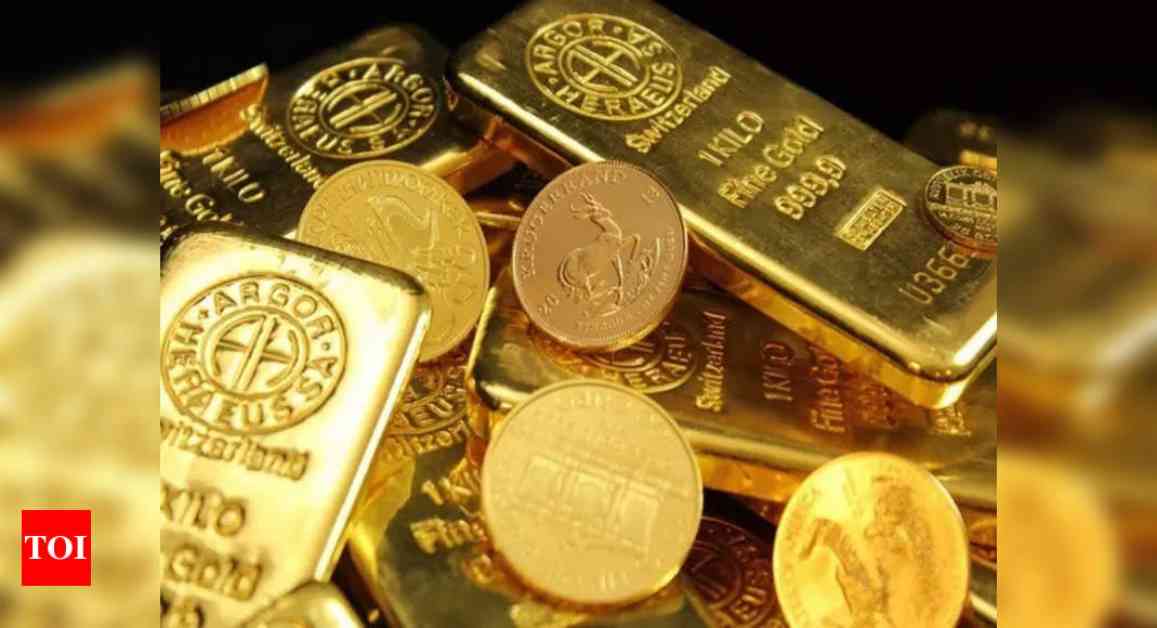India Emerges as Second Largest Gold Buyer in 2024: World Gold Council
In a surprising turn of events, India has solidified its position as the second-largest buyer of gold in 2024, according to the latest report from the World Gold Council. This significant milestone comes as global central banks continue to show a strong interest in adding the precious metal to their reserves.
Global Central Banks Boost Gold Reserves
The World Gold Council revealed that global central banks collectively purchased 53 tonnes of gold in November 2024, underscoring the enduring appeal of gold as a stable and secure asset in the face of ongoing economic uncertainties. Among the standout buyers, India stood out with a year-to-date purchase of 73 tonnes, bringing its total gold reserves to an impressive 876 tonnes by the end of November.
Poland Leads the Way
While India made significant strides in gold acquisition, it was Poland that emerged as the top buyer in November, increasing its reserves by 21 tonnes to a total of 448 tonnes. Gold now accounts for nearly 18 per cent of Poland’s total reserves, inching closer to its 20 per cent target. With year-to-date purchases reaching 90 tonnes, the National Bank of Poland solidified its position as the leading gold buyer of 2024.
Other Key Players
Notable additions to gold reserves were also witnessed in other countries, including Uzbekistan, which increased its holdings by 9 tonnes after a brief hiatus. Similarly, the Reserve Bank of India continued its streak by adding 8 tonnes in November. Central banks in Kazakhstan, China, Jordan, Turkey, and the Czech Republic also made substantial purchases to bolster their gold reserves.
Challenges Faced
However, not all central banks followed the trend of increasing their gold holdings. The Monetary Authority of Singapore was the largest seller in November, reducing its reserves by 5 tonnes. Additionally, the Bank of Finland announced a significant reduction in December, selling a portion of its gold holdings to manage exchange rate risks.
As we witness this dynamic landscape of gold acquisitions and sales among central banks, it raises intriguing questions about the role of gold in today’s volatile economic climate. What drives these decisions, and what implications do they have for global markets and economies?
In a world where financial stability is constantly under scrutiny, the allure of gold as a safe haven asset remains undeniable. Whether it’s for diversification, risk management, or long-term value preservation, central banks around the world seem to agree on one thing – gold is a timeless asset worth holding onto.
This fascinating interplay between nations, economies, and gold markets sheds light on the intricate dance of power, wealth, and security in our ever-evolving world. As we navigate through these uncertain times, one thing is certain – gold will continue to shine bright as a beacon of stability in a sea of volatility.























